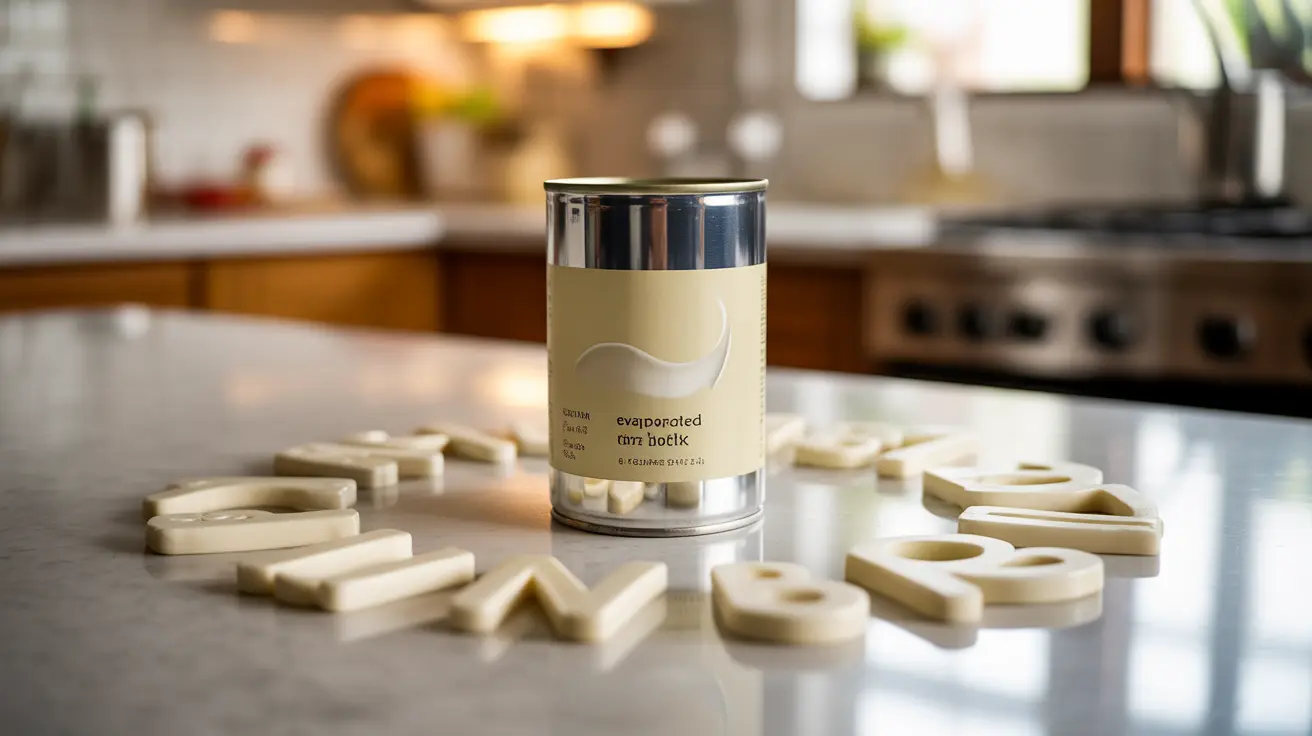As your baby begins teething, you might notice unusual bumps or swelling on their gums. These could be eruption cysts, a normal but sometimes concerning development that occurs as teeth prepare to emerge. Understanding what eruption cysts are and how to handle them can help ease parental worries during this important developmental stage.
While eruption cysts may look alarming at first glance, they're typically harmless and temporary formations that appear just before a tooth breaks through the gum line. This comprehensive guide will help you understand what to expect and when to seek professional advice.
What Are Eruption Cysts?
An eruption cyst is a fluid-filled sac that forms over a tooth that's about to emerge through the gum. These bluish-purple or dark-colored bumps are actually a type of dentigerous cyst, specifically occurring during the teething process. They contain the developing tooth beneath the gum tissue.
These cysts typically appear transparent or slightly bluish due to the fluid inside them, and they may feel slightly soft or spongy to the touch. While they might look concerning, they're actually protecting the emerging tooth underneath.
Signs and Symptoms of Eruption Cysts
When your baby develops an eruption cyst, you may notice several characteristic signs:
- A raised bump on the gum where a tooth is expected to emerge
- A bluish, purple, or dark-colored appearance
- Soft or slightly bouncy texture when touched
- No signs of pain or discomfort in most cases
- Possible mild tenderness during feeding or when touching the area
When Do Eruption Cysts Typically Appear?
Eruption cysts commonly occur during two main periods of tooth development:
- During primary (baby) tooth eruption: 6 months to 3 years
- During permanent tooth eruption: 6 to 12 years
These cysts typically appear just days or weeks before a tooth breaks through the gum surface. They can occur with any tooth but are most commonly noticed with the front teeth and first molars.
Treatment and Care
Most eruption cysts don't require any specific treatment because they typically resolve on their own when the tooth breaks through. However, there are several ways to ensure your baby's comfort during this time:
- Keep the area clean with gentle wiping using a soft, damp cloth
- Offer appropriate teething toys for comfort
- Monitor the cyst for any changes in size or color
- Continue regular feeding and oral care routines
When to Consult a Healthcare Provider
While eruption cysts are generally harmless, certain situations warrant medical attention:
- If the cyst persists for longer than two months
- When there are signs of infection, such as increased swelling or redness
- If your baby shows signs of significant pain or discomfort
- When the cyst interferes with feeding or sleeping
Frequently Asked Questions
What does an eruption cyst in a baby look and feel like during teething? An eruption cyst appears as a soft, fluid-filled bump on the gum, typically bluish-purple in color. It feels slightly spongy when touched and is usually painless, though some babies might experience mild tenderness in the area.
What causes eruption cysts to form on a baby's gums? Eruption cysts form when fluid accumulates in the tissue surrounding a tooth that's about to break through the gum. They're a natural part of the tooth eruption process and occur when the dental follicle separates from the crown of the emerging tooth.
How common are eruption cysts in babies and when do they usually appear? Eruption cysts are relatively common during teething, typically appearing between 6 months and 3 years of age. They form just days or weeks before a tooth emerges and can occur with any baby tooth, though they're most noticeable with front teeth.
When should I seek medical advice for my baby's eruption cyst? Seek medical advice if the cyst persists for more than two months, shows signs of infection (increased swelling, redness, or pain), or interferes with your baby's ability to eat or sleep normally.
How are eruption cysts in babies treated and do they require any special care? Most eruption cysts don't require specific treatment as they resolve naturally when the tooth emerges. Basic care includes keeping the area clean, offering appropriate teething toys for comfort, and monitoring for any concerning changes. In rare cases where complications arise, a pediatric dentist may need to evaluate the cyst.




